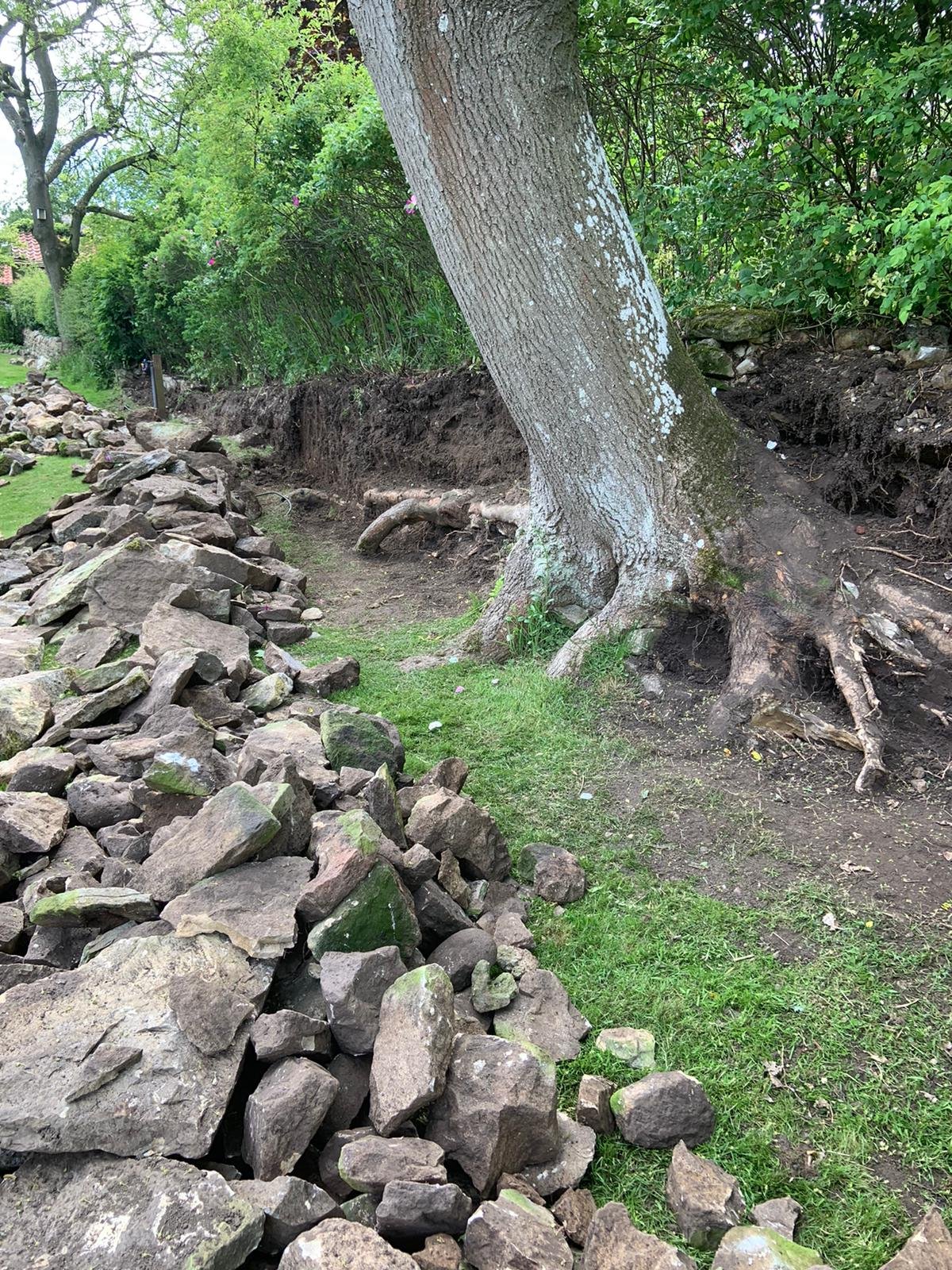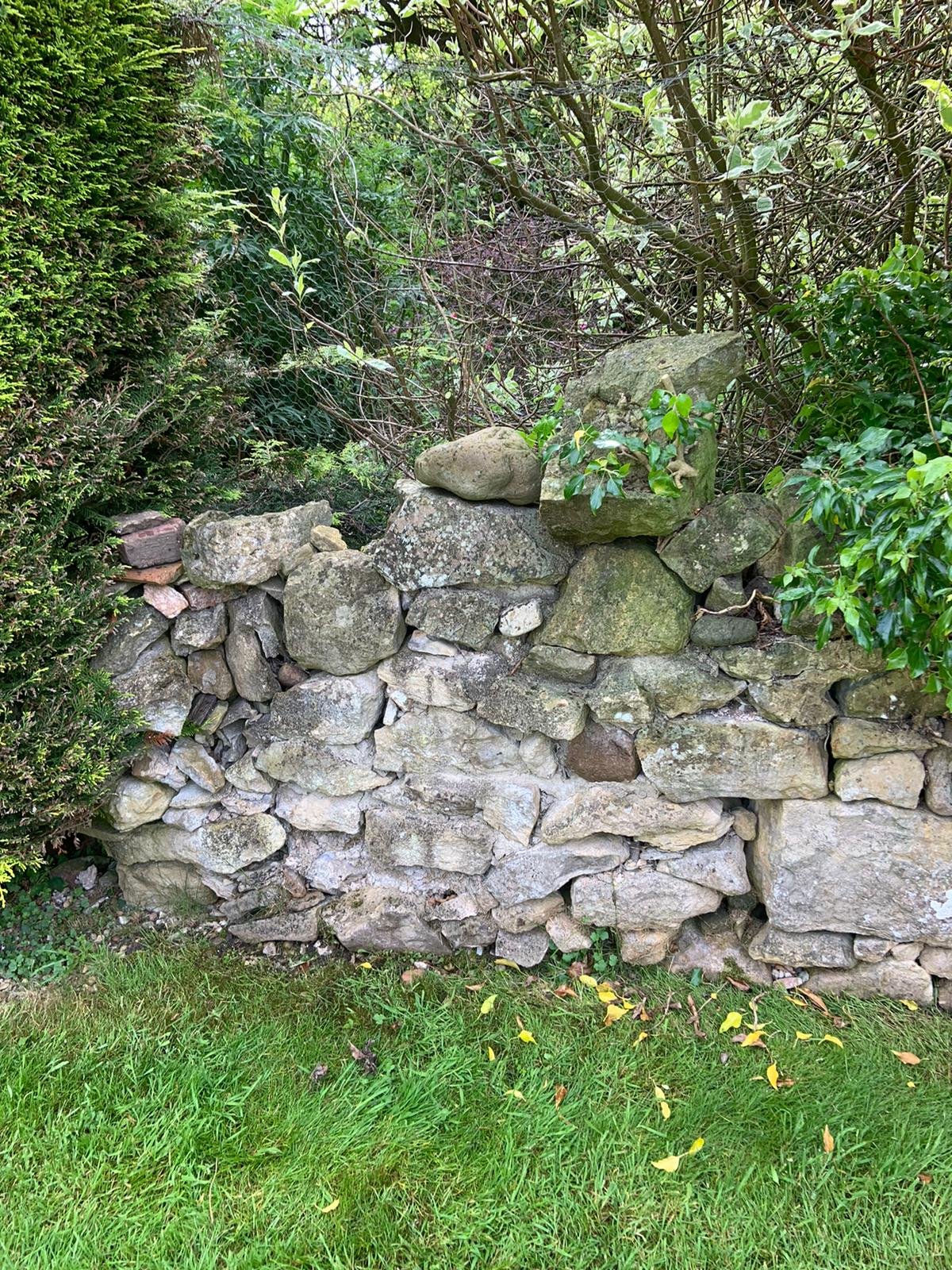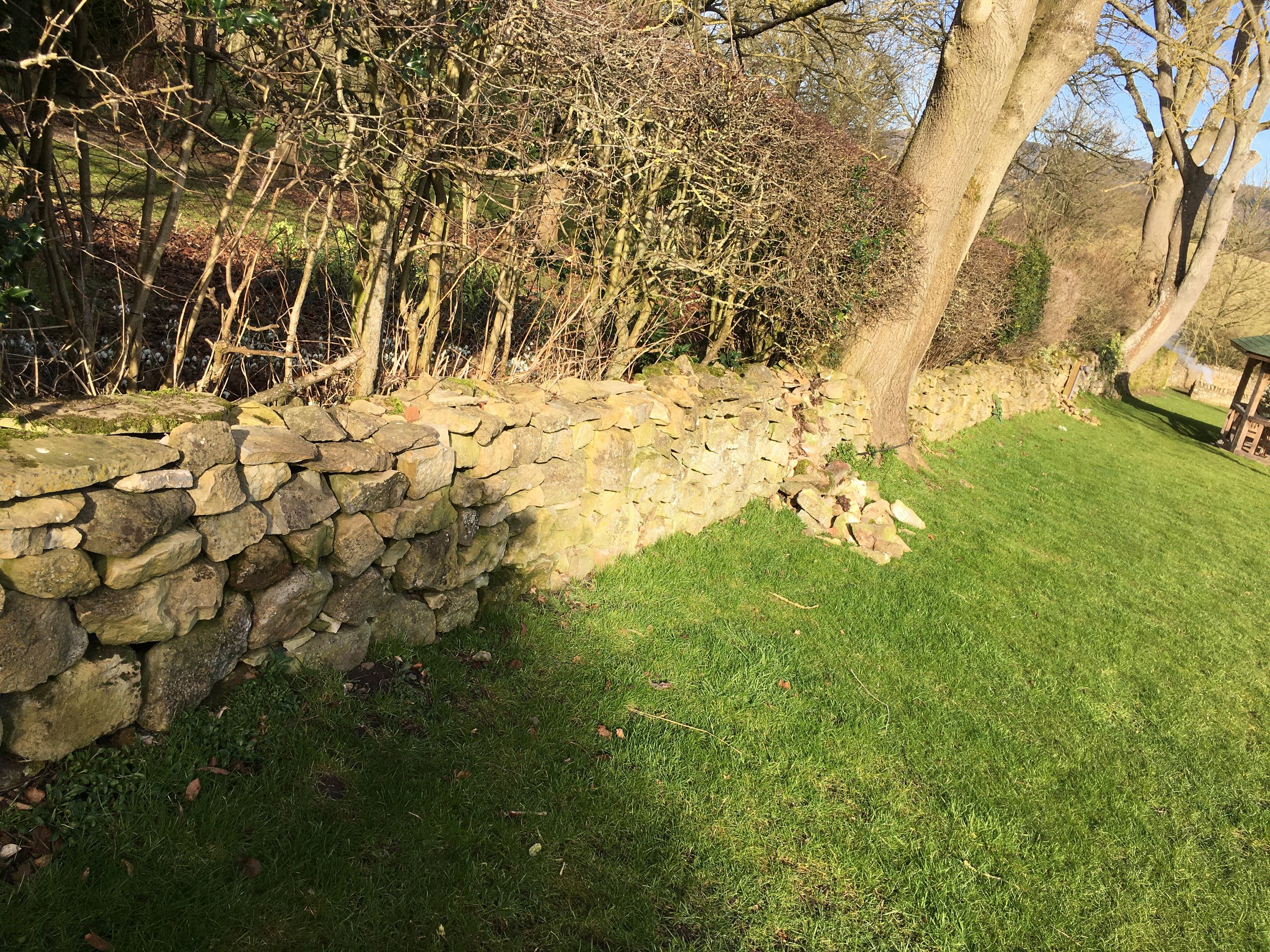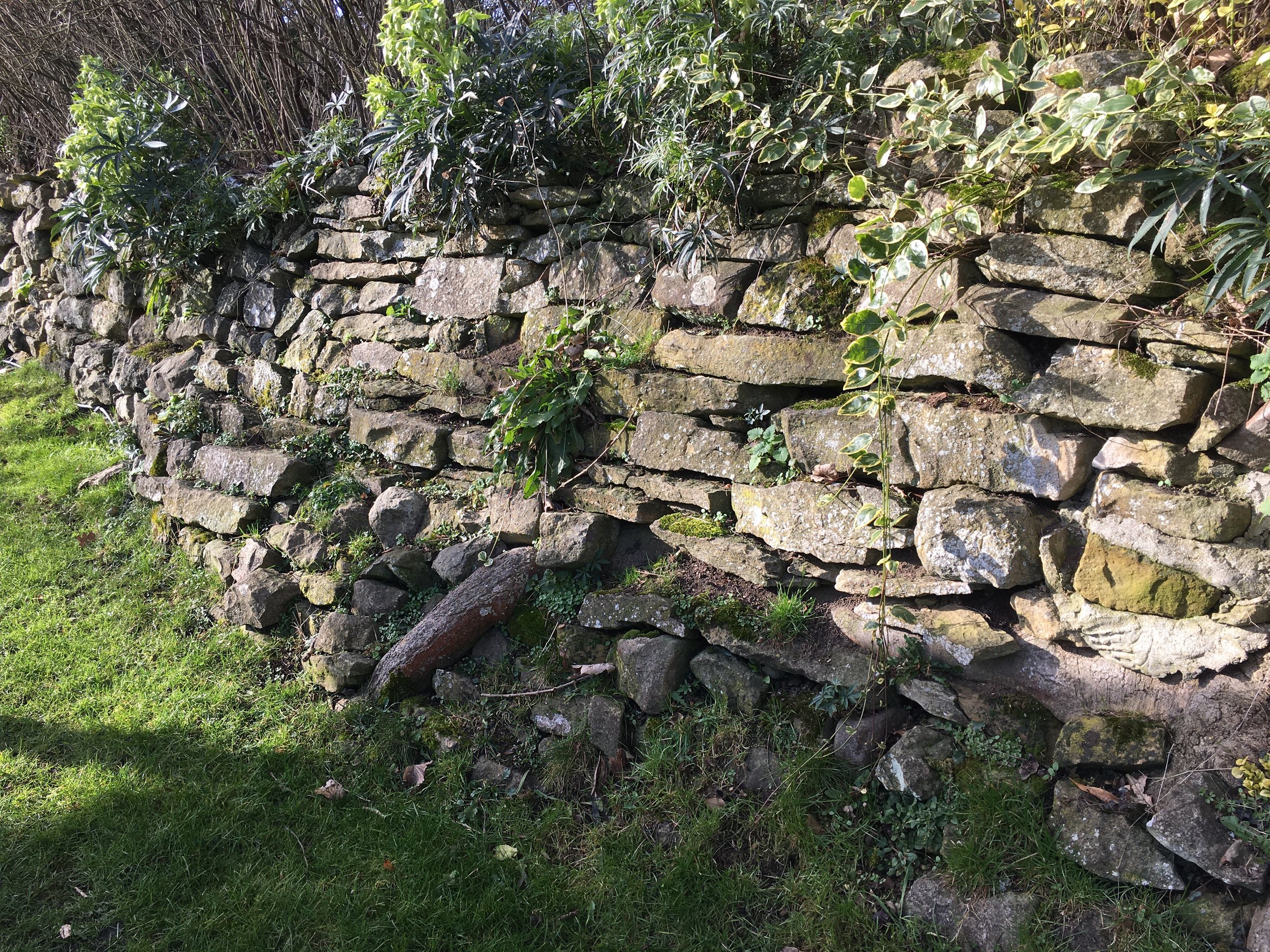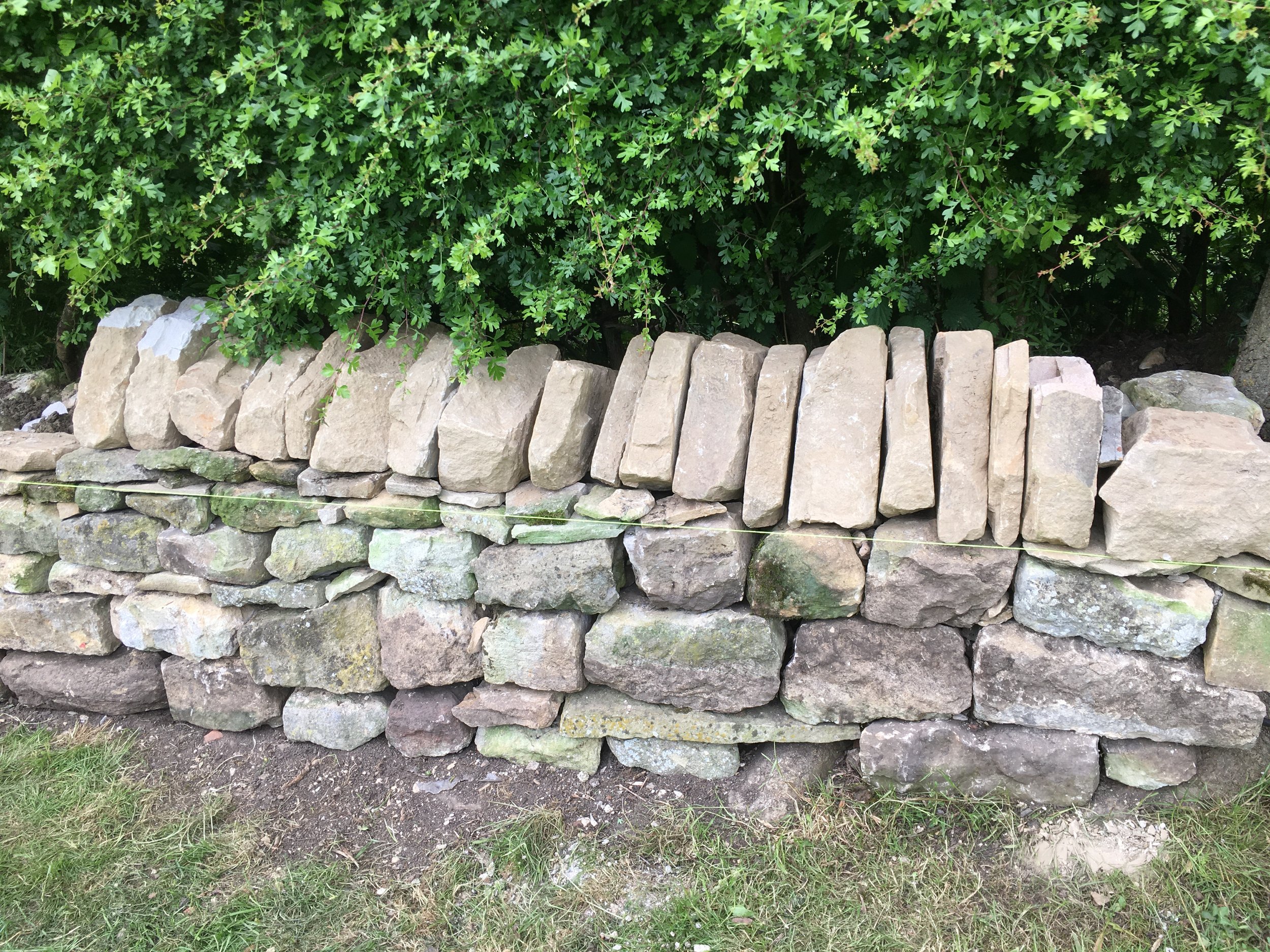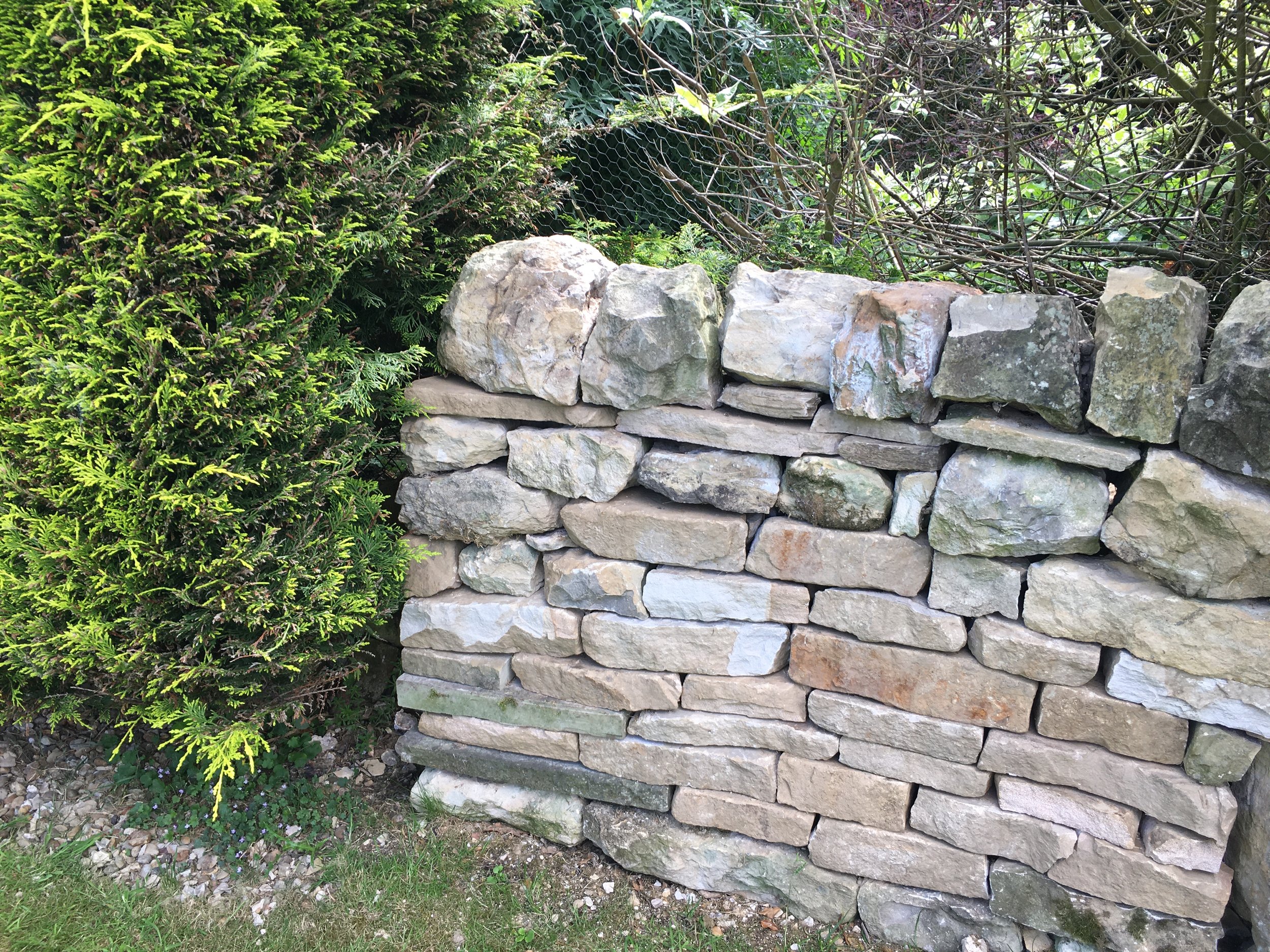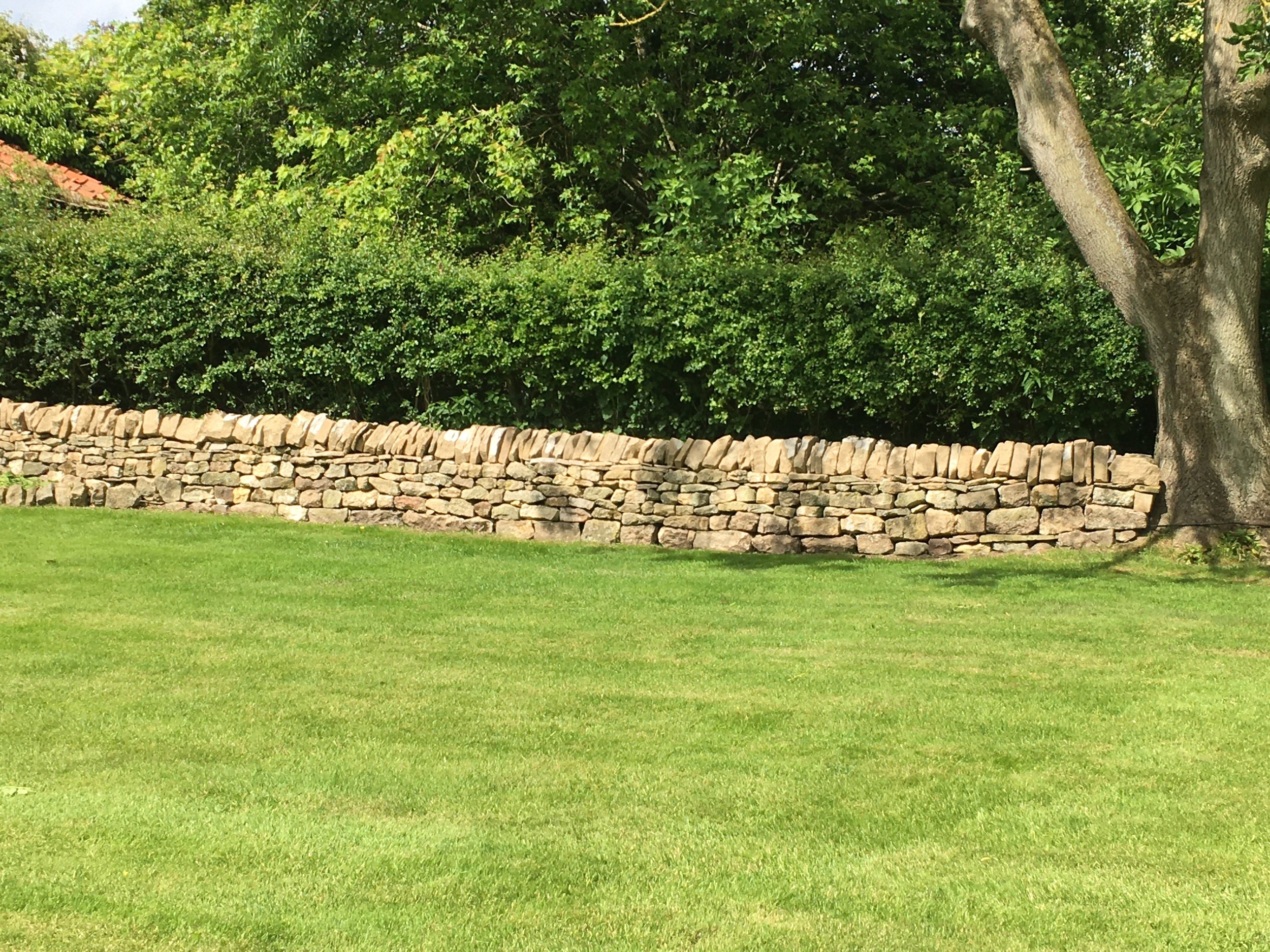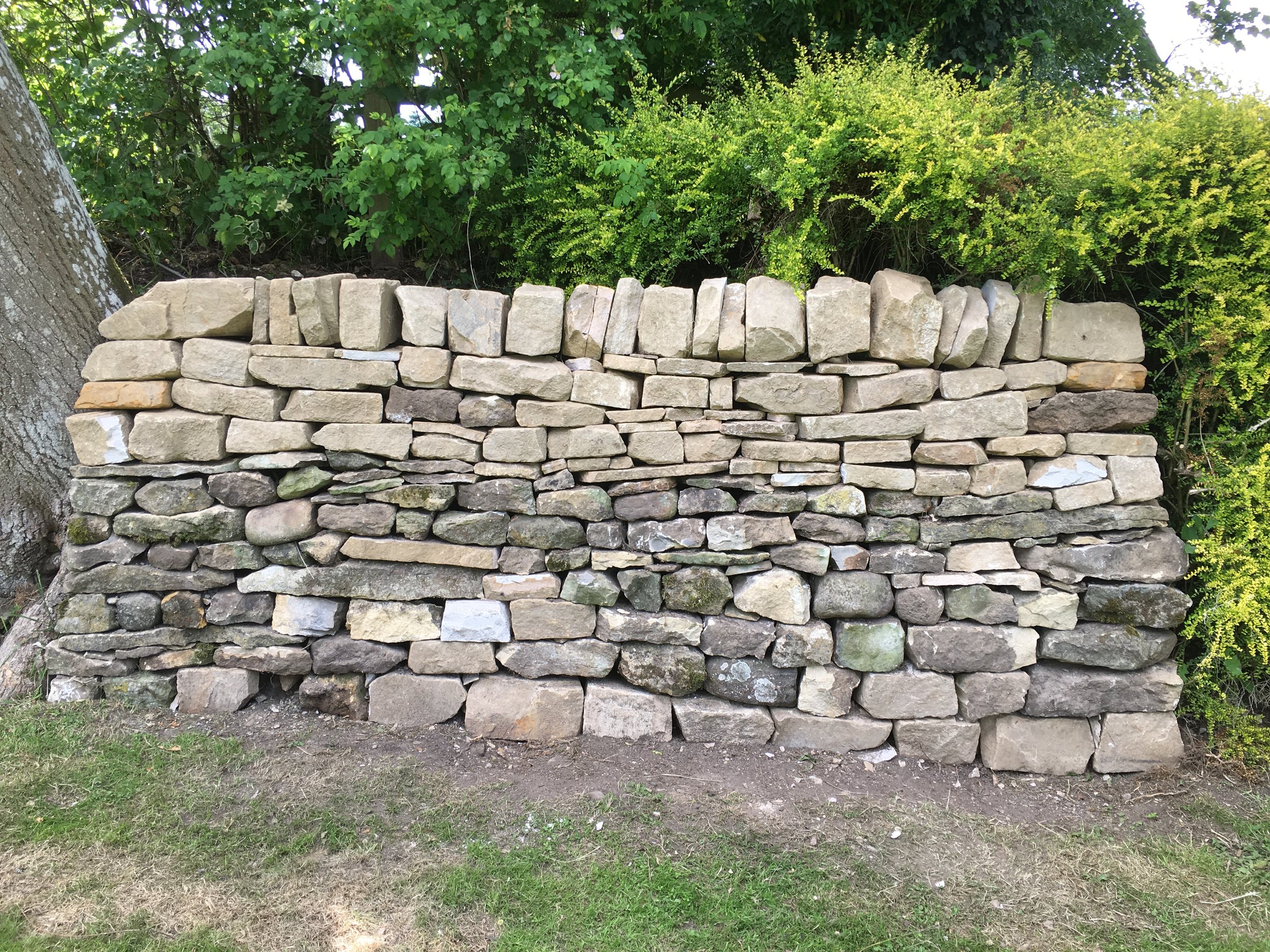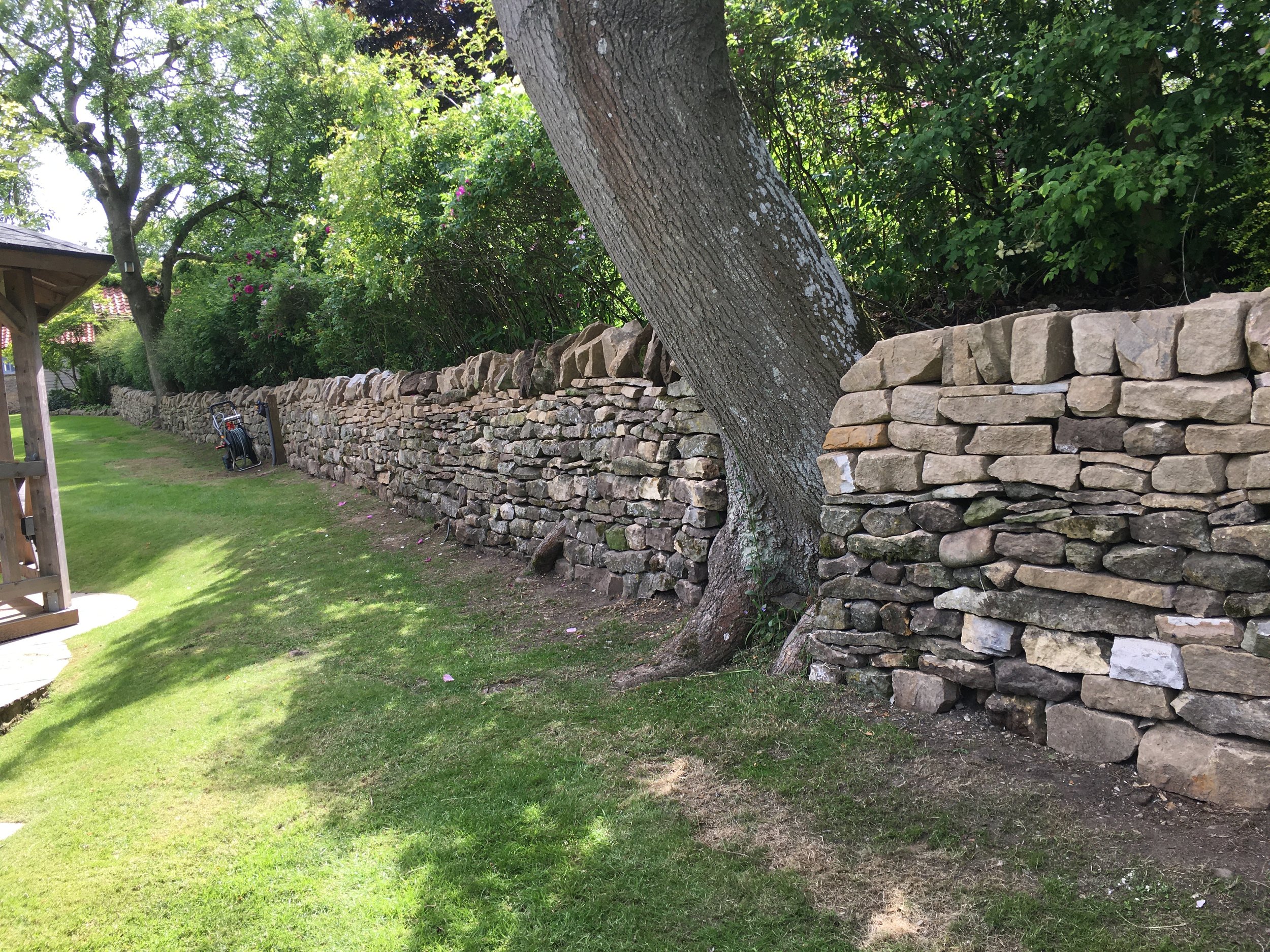Dry Stone Walling



We are experts on Dry Stone Walling.
Dry stone walling is an ancient craft, using only stone with no mortar to build them. Dry stone structures are stable because of their unique construction method, which is characterized by the presence of a load-bearing façade of carefully selected interlocking stones. They are a culturally important human contribution to the landscape. The craftsmanship used to build dry stone walls and structures has developed over thousands of years since the Neolithic period. Examples include the Neolithic village of Skara Brae on Orkney, built in 3000 BC, the buildings of Newgrange in Ireland, the Brochs of the Celts and around the world from Egypt, Japan and South America, to the turf walls of Iceland. What is so impressive is the high level of craftsmanship attained by these ancient civilisations. It is not uncommon for the joints in between stones to be made so tight and with such pressure that you can’t even fit a razor blade in the joint.
In the UK, field walls or boundary walls were used by the Celts, as nomadic pastures and hunting gave way to settled farming, as a way of stock-proofing animals or marking out crop fields. Stone circles, and a surrounding irregular patchwork of ditches and dykes, were a trademark of the Celtic field system. During the Roman invasions, fairly cohesive tribal federations developed, capable of erecting extensive fortifications and defensive stonework.
The next main period of wall building began in the early Middle Ages, from Anglo Saxon to Viking times, and in this period the field system really developed. Walls still standing now near Hawes have been dated back to Viking times. Many of those field walls are only noticeable by the footings left in the ground where the old boundaries originally were. The next definable walling period started from the 14th and 15th centuries and continued till the 18th century. Construction was at its height in the Elizabethan period, when land enclosure acts were being enforced.
The Enclosements Act of 1768 was an act of Parliament which allowed land owners to separate their land from their neighbours. Each allotment was 2 oxen wide to allow for the ease of ploughing. The Enclosement Act also provided employment for labourers (or the masses) where the ground was thin and the stone was close to the surface walls were built.
Today there are 69,926 miles of dry stone wall in England alone. Of that, 12% is derelict and 17% consists of remnants, while only 13% is stock-proof and 38% is showing major signs of deterioration. So there is potentially a lot of work to be done.
A wall we were commissioned to build near Ripon. Although most of the dry stone walls we are asked to build are boundary walls or decorative walls in the dales, we also build decorative garden walls. This wall has a small seat built into it where the path in the middle of this wall is.
Testimony from the owner of a property in Coxwold
“Over the years we've been grateful to David and Ian for restoring sections of our garden wall when they collapsed. After a really bad winter when we had three sections collapse we decided it was time to ask David to survey all our stone walls and do whatever it took to fix them once and for all. For some walls this was matter of repointing to improve stability. For the longest wall this meant a complete rebuild. To say we are delighted with the result is an understatement. The wall has been transformed from something that at best we didn't really think much about (and at worst regarded as a ramshackle nuisance) to an eye catching feature that compliments the restful space that we wanted to create. It's an absolute rustic charm. Thanks also to Mark and Bethany for their supporting roles.”
